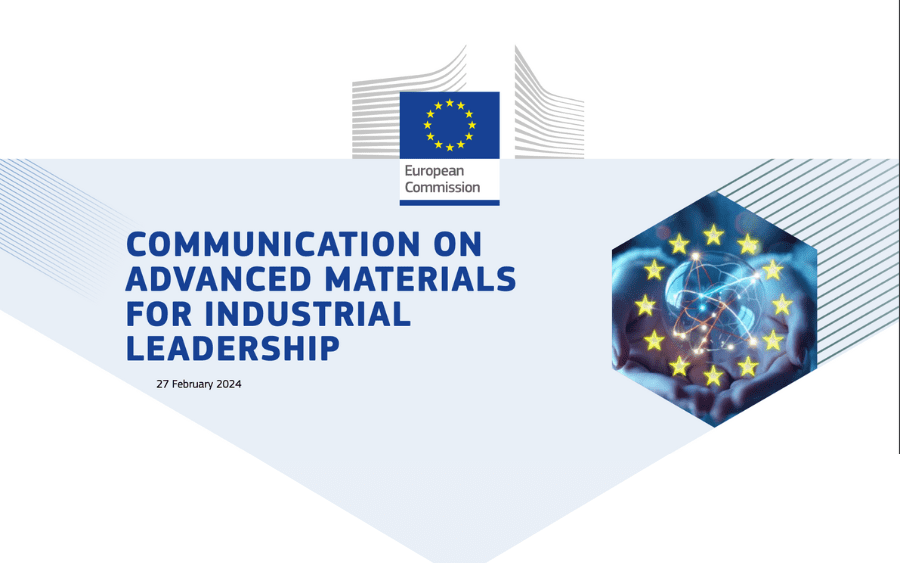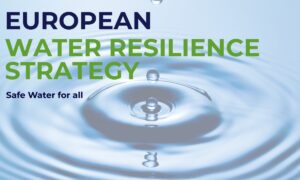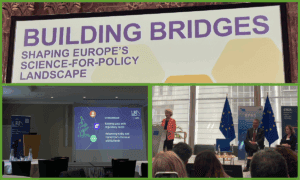The strategy will focus on materials defined as “intentionally designed and engineered, with innovative properties and functionalities”. These advanced materials are expected to contribute to the green transition, therefore the strategy works hand in hand with the green deal and the Zero Pollution initiative.
In its communication on the strategy, the Commission listed a number of examples, such as sodium-ion batteries, elastomers and nanocrystals, also mentioning their potential uses. Commissioner for Innovation, Research, Culture, Education and Youth Iliana Ivanova highlighted how such technologies are crucial for the EU’s competitiveness, open strategic autonomy and economic security, also mentioning the new opportunities for EU companies and infrastructures this strategy is set to create.
The strategy, which aims to be to be a foundation for future actions, set up five pillars, addressing research and innovation (R&I), valorization, funding, and production of advanced materials, as well as the establishment a governance framework. These approaches are to address a number of challenges, such as a fragmented R&I system, industrial production and funding issues and harmonisation amongst others.
Specifically related to R&I, the EU proposed a public-private partnership under the aegis of Horizon Europe. The partnership, named ‘Innovative Materials for EU’ will receive 250 million EUR in EU funds. The Commission is expecting that industry will match this contribution, thus totalling a 500 million EUR R&I budget.



